
How did mental health become so biomedical? The progressive erosion of social determinants in historical psychiatric admission registers

news, new scholarship & more from around the world



Alfreda Barnett Duster (1904–1983) was a social worker and community activist in Chicago.
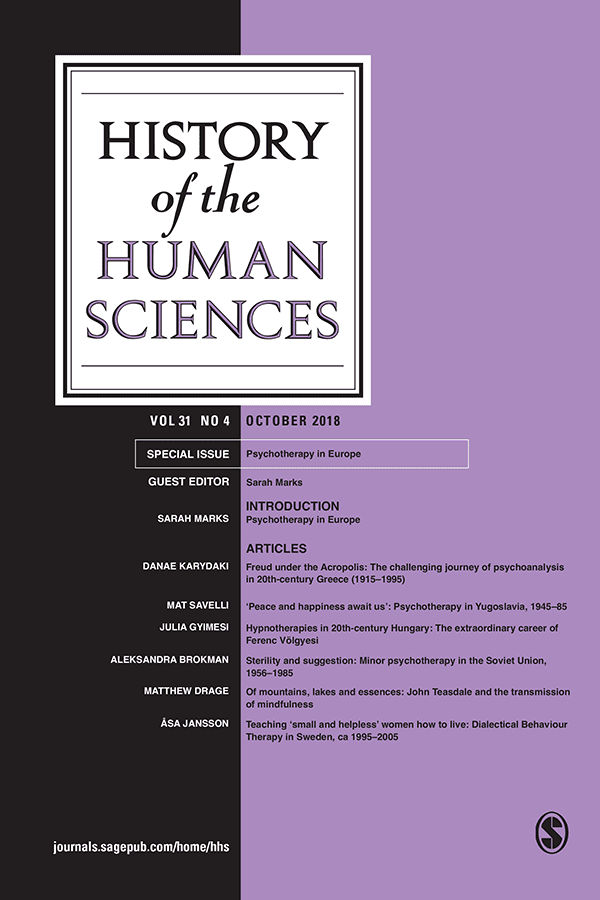
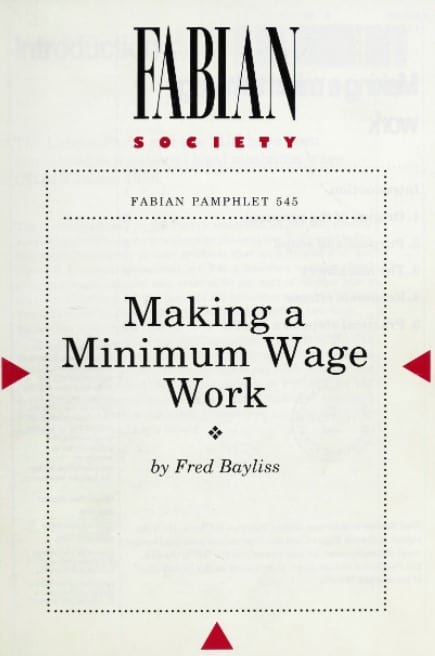

AHP readers will be interested in a new article in Studies in History and Philosophy of Science Part A: “Francis Galton’s regression towards mediocrity and the stability of types,”by Adam Krashniak and Ehud Lamm. Abstract: A prevalent narrative locates the discovery of the statistical phenomenon of regression to the mean in the work of Francis … Continue reading Francis Galton’s regression towards mediocrity and the stability of types →

Journal of Planning History, Ahead of Print.
Since the early days of the planning profession, city agencies relied on a public health crisis narrative as a rationale for mass displacement efforts that targeted black communities. Over time, as cities gentrified with white, middle-class residents, the narrative shifted toward the city as a place of health. This article compares Atlanta’s redevelopment narratives from urban renewal to its current citywide greenway project, the BeltLine, to understand how city officials utilized public health language to rationalize displacement and how the narratives ran counter to residents’ lived experience.






History of Psychiatry, Ahead of Print.
In the late 1930s, when colonial psychiatry was well established in the Maghreb, the diagnosis ‘psychosis of civilization’ appeared in some psychiatrists’ writings. Through the clinical case of a Libyan woman treated by the Italian psychiatrist Angelo Bravi in Tripoli, this article explores its emergence and its specificity in a differential approach, and highlights its main characteristics. The term applied to subjects poised between two worlds: incapable of becoming ‘like’ Europeans – a goal to which they seem to aspire – but too far from their ‘ancestral habits’ to revert for a quiet life. The visits of these subjects to colonial psychiatric institutions, provided valuable new material for psychiatrists: to see how colonization impacted inner life and to raise awareness of the long-term socio-political dangers.

Charlotte Towle. Laurin Hyde and Wilman Walker








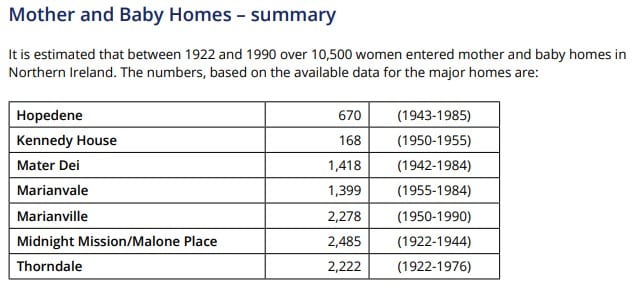

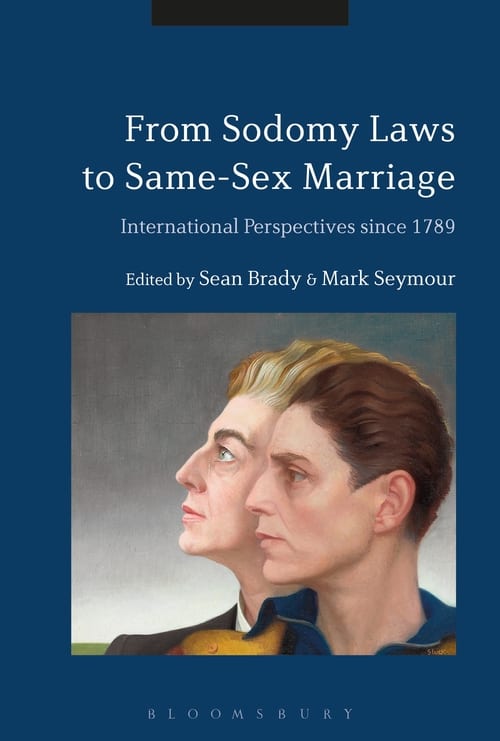
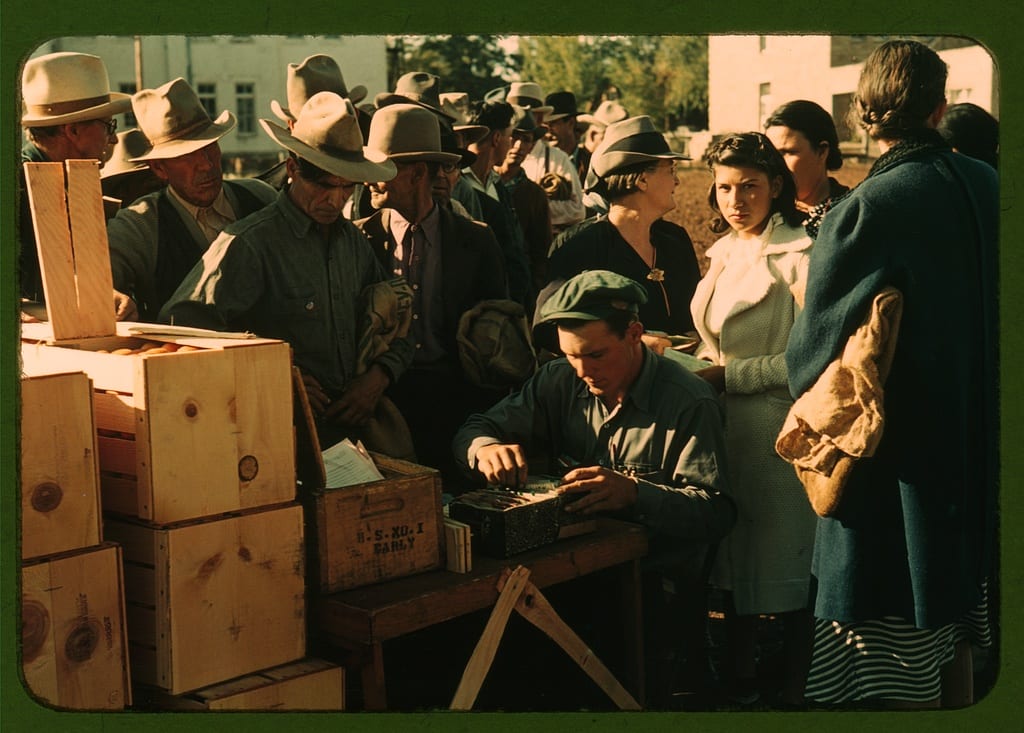


Philipe Pinel (1745-1826) was a French alienist (psychiatrist) who pioneered a more humane approach to the cuistory and care of those with mental illness.




Described as “the most feared and hated institution ever established in Ireland”, the story of the Irish Workhouses is not a pleasant one. Above: The Portumna Workhouse


The Journal of Interdisciplinary History, Volume 51, Issue 3, Page 443-458, Winter 2021.




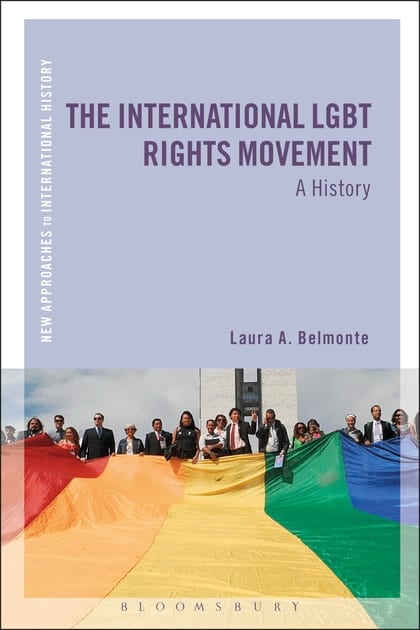







Reveals the history of how 3,000 Greek children were shipped to the United States for adoption in the postwar period
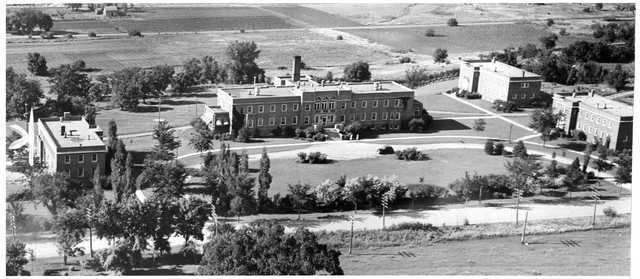
In the winter of 1915, prominent social worker Isabel Davis Higbee stood and spoke in front of the Minnesota House of Representatives’ prison committee. It was not her first time at the Capitol. She was asking the legislature to open a reformatory just for women, something she and others had been pushing for more than two decades. At the time, women in Minnesota were typically incarcerated either with men or with girls. Higbee pleaded for a place where women could receive training instead of punishment; at the end of her speech, she collapsed and died on the legislative floor. That year, the legislature voted to build a State Reformatory for Women. Above: State Reformatory for Women, Shakopee, ca. 1937.

This is part of an FSA cooperative